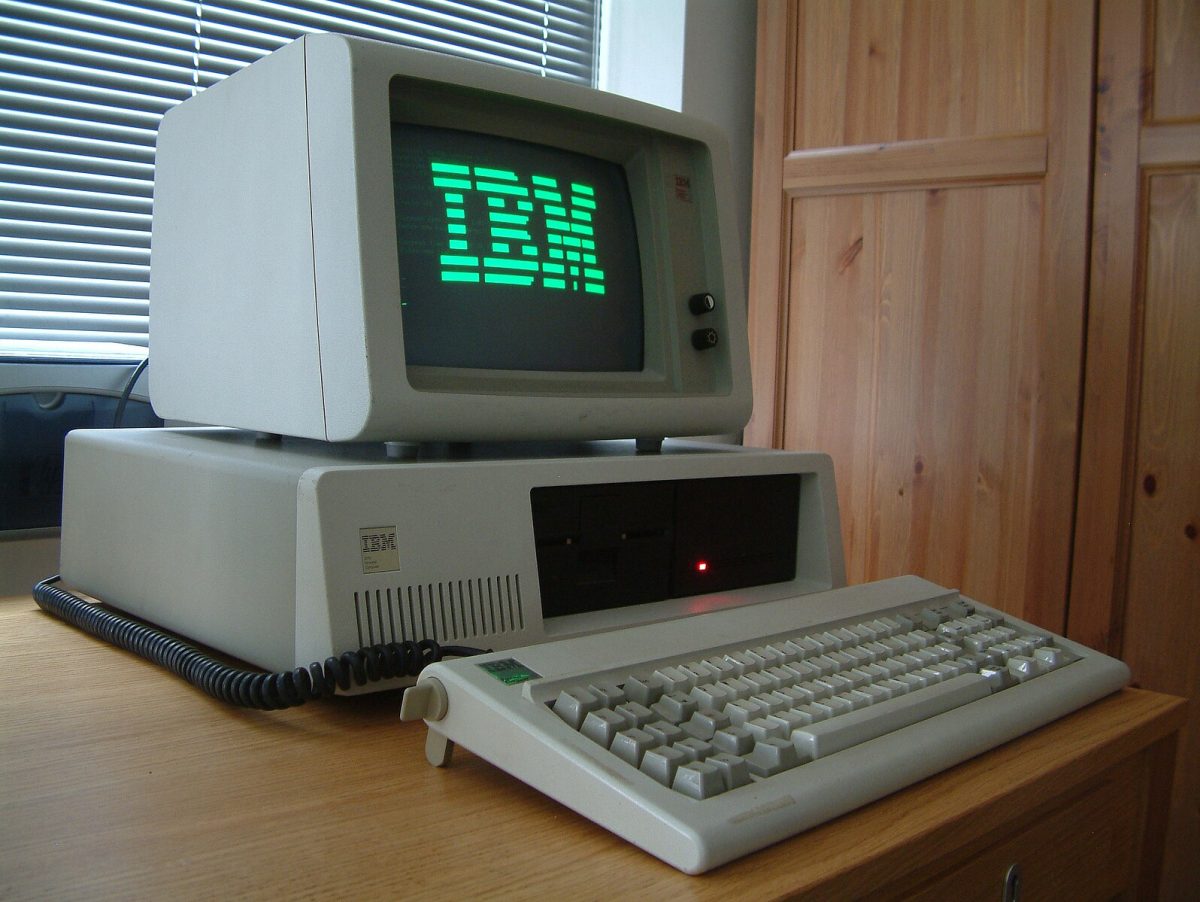Obesity has been a major issue within the United States for years, with 93.3 million Americans — over one fourth of the population — being reported as obese, according to the Centers for Disease Control and Prevention. The CDC also reported that medical costs for people who have obesity are $1,429 higher than those of people that are of normal weight a combined total of $147 billion U.S. dollars more in medical costs.
The state of Alaska has a program that distributes $1,000 cash to all Alaska residents every month regardless of age or income.
The Alaska Permanent Fund Dividend is providing information about the results of providing a basic universal income and its effects on socioeconomic well-being.
Looking at obesity from a socioeconomic status, men and women with college degrees had lower obesity prevalence, according to a report by the CDC. This could be linked to the earning potential offered by a college degree.
Scientists found a link between childhood obesity and household income, showcasing that an additional $1,000 invested into a child decreased the probability of an obese child by 4.5%, according to a study done by the Social Science Research Network. Within the studied group, 22% fewer children were impacted by obesity.
The study included 11,000 Alaskan children of which 2,200 of them were obese. The yearly stipend prevented 500 more children from becoming obese, the SSRN concluded in their study.
Mouhcine Guettabi, a co-author in the study, said that “though the universal basic income is not implemented with the intent of reducing childhood obesity, it appears that these unconditional cash transfers have wide-ranging effects, and this is one of them,” as reported by CBS News.
One problem with the study is that results were not applicable to low or high income families instead the experiment focused only on middle-income families who earn between $25,000 and $75,000.
One of the reasons why the study did not include data from lower-income families is because those families tend to allocate their money to other expenses, like paying the bills. On the other hand, wealthier families had no immediate need for the money, and it did not affect their spending and investments by too much.
A leading theory as to why this decrease in obesity occurs is that children have access to healthier meals. Families save more money through other means and on other necessities, allowing parents to work less and be able to cook meals at home instead of serving a quick meal or ordering takeout.
Guettabi stated “What’s unclear is whether the fact that they are working fewer house is directly connected to their children being less obese,” according to CBS.
Alaska would save up to $10 million if child obesity was cut, allowing more money to flow back into the system, and consequently allowing for more growth and prosperity within the state.
The annual cash payment is based on Alaska’s Permanent Fund’s earnings, so more money saved means more money reinvested into the state and its people.
Alaska is currently ranked 34th out of the 50 states and Puerto Rico in terms of obesity within adults, however that number has started to decrease in the last year. Looking at childhood obesity, the number decreased from 21.2% to 19.1% from 2010 to 2014, and Alaska is ranked second out of 51 for children with obesity aged two to four-years-old, as stated by The State of Obesity.
Although the results are not concrete, the evidence suggests that there is a link with increased income and decreased child obesity.
Since Alaska gives a universal basic income to every resident of that state regardless of age and income, children are also recipients. As the state is invests in their youth, parents are able to reinvest that money back into their children and allocate those funds to buying healthier and organic foods, which tend to be pricier.
Overall, Alaska might be a good model to look at when deciding whether a universal basic income is suitable or not. There must be a cost-benefit analysis conducted, but it seems as though we can add a decrease in obesity onto the benefit side.







